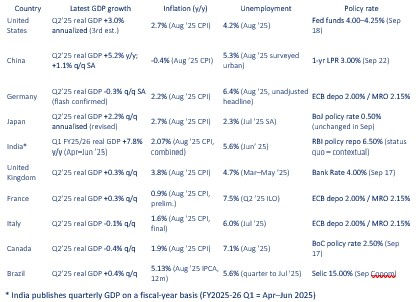Middle Kingdom Comes Out on Top
- Mark Williams

- Oct 19, 2020
- 3 min read

The Chinese National Bureau of Statistics (CNBS) has released economic data for the first three quarters of 2020. These are important statistics for the shipping industry as China is the biggest importer of iron ore, driving the Capesize bulker market (and thus sentiment across the bulk carrier sizes). It is the biggest importer of crude oil, driving the VLCC market (and thus sentiment for all crude oil carrier markets). It is the biggest exporter of containerised goods, driving sentiment for the liner markets.
This year of all years, as Coronavirus rages around the planet, as populists and nationalists in former and decaying democracies take sledgehammers to free trade, and these maleficent twin trends drown balance sheets in red ink, the shipping markets are relying on China for demand growth of any kind. CNBS recognises the difficulties in its latest report, noting that China has been “faced with the great impact of the COVID-19 epidemic and the complicated and severe environment both at home and abroad” before lapsing into propaganda and Xi Jinping panegyric.
The headline news feels good then, when we read that China’s GDP is reported to have recovered well from first quarter disruption, when it fell by 6.8% before recovering 3.2% in Q2 and by 4.9% in Q3.
But dig a little deeper and we find that most of the growth has come from domestic primary industry, rather than trade. Primary industry (mining, farming, fishing) is up 2.3% year on year for the Jan-Sep period. Secondary industry (manufacturing, construction) is up 0.9%. Tertiary industry (services, leisure, healthcare etc) grew by 0.4%.
That 0.9% growth in secondary industry, focused on steel making, high-tech and equipment manufacture, itself masks the recovery that has driven raw materials imports and the dry bulk market during this year. CNBS notes that third quarter growth was 5.8%, compared to 4.4% in Q2, while growth in September reached 6.9%, compared to 5.6% for August, and that industrial enterprises output has been growing for six consecutive months since April. China’s official manufacturing PMI rose 0.5 points in September to 51.5.
Trade has nonetheless rebounded considerably. In value terms, total import and exports for Jan-Sep were up 0.7% year on year, while Q3 trade was up 7.5% year on year compared to a 0.2% fall in Q2. Exports overall were up 1.8% in value terms, compared to a 0.6% fall in the value of imports. Values don’t equate to volumes, but rising metals and ore prices have been offset by falling oil and gas prices, which may explain the lacklustre import numbers.
With rural migrant worker numbers down 2.1% year on year to 180 million in September and unemployment down 0.2% to 5.4%, disposable per capita income rose 3.9% year on year, or 0.6% adjusting for inflation, to RMB 23,781. That’s about USD 3,550. The median disposable income was RMB 20,512 (about USD 3,066), up 3.2% year on year.
It’s worth remembering that a key economic trend for the twenty years to 2040 will be the change in the Chinese economy from one based on exports produced by cheap labour to one based on domestic consumers buying equipment produced on automated production lines.
For now though the dry bulk market in particular has reason to be pleased with China’s robust economic recovery in 2020 to date. It augurs well for a firm fourth quarter (usually the strongest quarter for bulk carriers anyway), and for a widening economic performance in 2021 between China and the West, where trade disputes, over-reliance on the services sector weak public health responses to Covid-19 are likely still to be undermining economic performance.



Comments